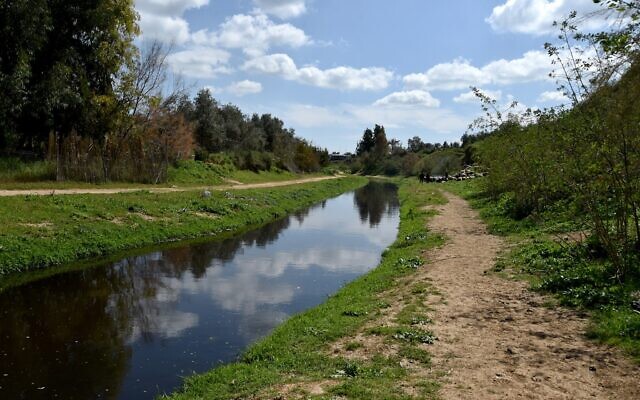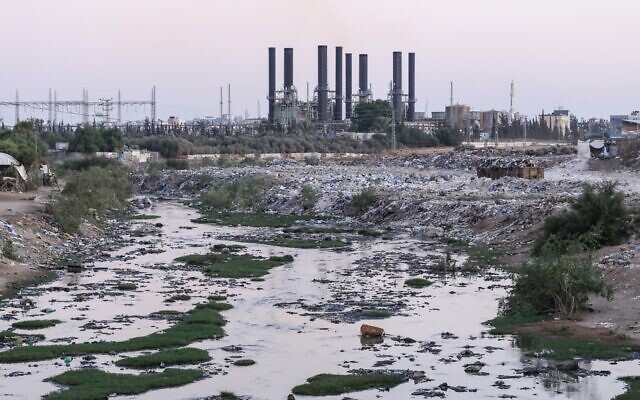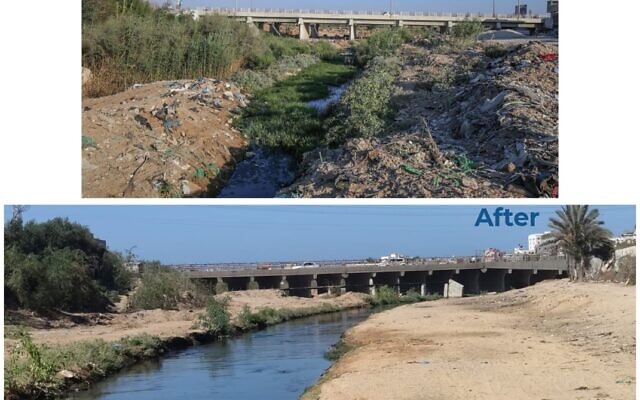Development Program removes 35,000 tons of garbage from Wadi Gaza, plans sports and leisure facilities, as clean water flows in from new treatment plant
The Gaza Strip’s only wetland is slowly coming back to life.
This is good not only for the Strip’s battered ecosystems, and some of the 500 million birds that migrate through Israel and the Palestinian territories twice each year.
It means that a green leisure and recreation site stretching nine kilometers (5.6 miles) is taking shape for the benefit of a population facing some of the most difficult pressures on Earth.
A whopping 35,000 tons of garbage have been removed from the wetland, known as Wadi (valley) Gaza, and water is flowing in again, thanks to a sewage treatment plant built by Germany.
“A lot of people are coming out of curiosity, and to stretch their legs,” Yvonne Helle, who heads the UN project to rehabilitate the valley, told The Times of Israel.
“It’s an ideal place for bird watching, hiking, getting together, and spending time healthily. And it’s a really important place where women can go to relax – right now they only have the beach.”

Home to more than two million people, most of whom live below the poverty line and are unemployed, the Gaza Strip is one of the most densely populated places on the planet.
It has been blockaded for 18 years by Israel and Egypt since the Islamist terror group Hamas, which is sworn to the Jewish state’s destruction, took power. Israel says the blockade is needed to limit Hamas’s ability to arm itself for attacks against Israeli citizens.
The Strip is usually in the news either because Hamas or Islamic Jihad have fired rockets into Israel, or Israel has carried out retaliatory bombing raids against terrorist targets.
Behind the headlines, its environment is a mess, and Wadi Gaza, in the center of the Strip, has been no exception.
Located in central Gaza, the wetland is naturally sustained by rainfed springs that start more than 100 kilometers (62 miles) to the east, in the hills near Hebron in the West Bank. Within Gaza, it twists and turns before spilling into the Mediterranean Sea.
But with water scarce in the region, and Israeli reservoirs diverting much of it before it reached the enclave, the wetland remained dry for years, only receiving water during rainy winters when Israel opened the dams or undertook maintenance.
As urban areas crept toward the valley, their populations turned the once fertile and flourishing space into a mosquito-ridden dumping ground for garbage — everything from old electrical appliances and furnishings to raw sewage.
“The smell was terrible,” Helle recalls. “It was an open sewer. Now, it doesn’t smell at all.”
The UNDP hopes the wadi’s rehabilitation will provide badly needed open space for Gazans, as well as jobs in everything from agriculture and tourism to small businesses.
The organization finalized a master plan in 2019 that outlined five core areas for development. It began implementation last year.
Facilities planned for the core areas include playgrounds, cafeterias, a restaurant, parking lots, a biodiversity museum, a botanical garden, birdwatching towers, a sports area with a gym and facilities for games such as tennis, an amusement park and a camping area.
So far, according to Helle, the special representative of the UN’s Program of Assistance to the Palestinian People (PAPP), workers have cleared garbage from the wadi, and are now sifting the sand for plastic debris that is harder to see.
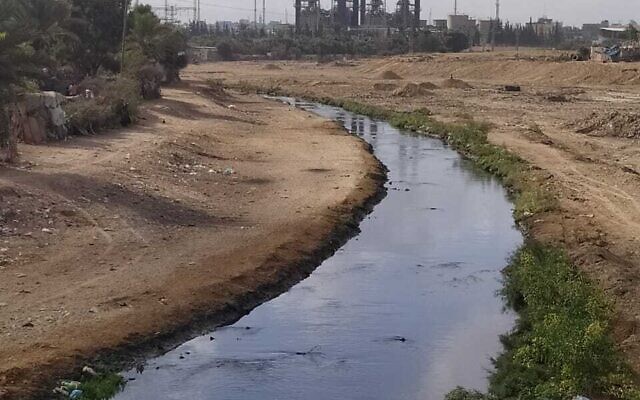
As this year progresses, the first section of a flood protection embankment will be built and some 40,000 square meters (more than 430,000 square feet) will be planted with 15 species of native trees.
Through 2024-2025, flood protection and planting work will continue, solar-powered lighting will be installed, and community awareness programs will be deepened.
UNDP has already engaged social media influencers to promote the site, with the result that many young people are starting to visit, according to Helle.
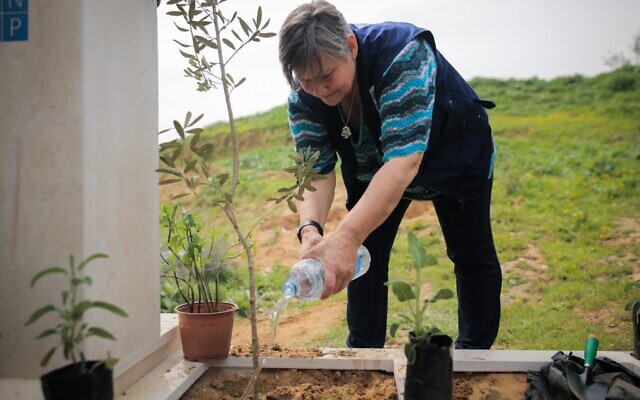
It is organizing guided tours for groups ranging from women to international missions, and giving participants clay balls full of native plant seeds that can be tossed onto the earth to encourage the return of flora.
Representatives of the five municipalities that border the valley are now working together, alongside Palestinian officials responsible for coastal and water management and representatives of the German government, which has been working for years to improve Gaza’s water supply.
Getting the interested parties together is seen as critical to ensuring that the wadi is well-managed and remains clean in the years to come.
After 20 years of planning, a new top-of-the-line German-built sewage treatment plant, designed to treat the effluent of a million Gazans, started operating in early 2021.
It promises an initial water flow into the wadi of up to 60,000 cubic meters per day — a quantity eventually set to double.
With treated water flowing into the sea, it also means that the beach at the wadi’s mouth is now clean and safe.
“The water (which goes through three levels of purification) is of such quality that it’s better than anything we’ve had in a long time,” said Helle.
“The moment there’s permanent water in an area, it changes the flora and fauna,” she went on. “It’s early days, but we hope that with the changing flora, there will also be a changing fauna.”
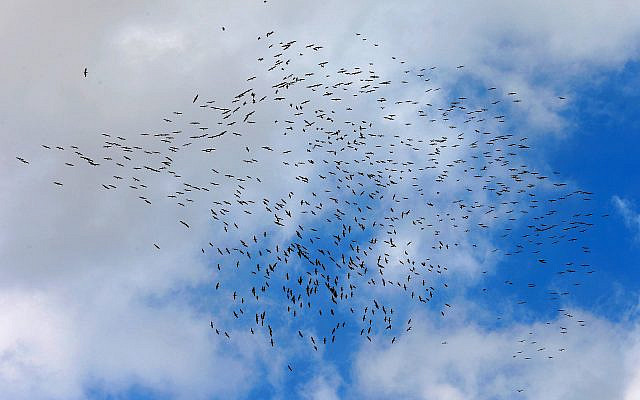
UNDP has already carried out a baseline study on migrating birds against which to measure progress, and is talking to UNESCO about a project to study the return of these birds.
This, it is hoped, might help to get the wadi off UNESCO’s tentative list of world heritage sites and onto the permanent one.
Given that the Strip’s power infrastructure has been crippled in the past by war and shortages of fuel, the Germans have equipped the sewage treatment plant with backup energy in the form of biogas and a solar energy plant.
But many other factors can slow or even reverse the successes.
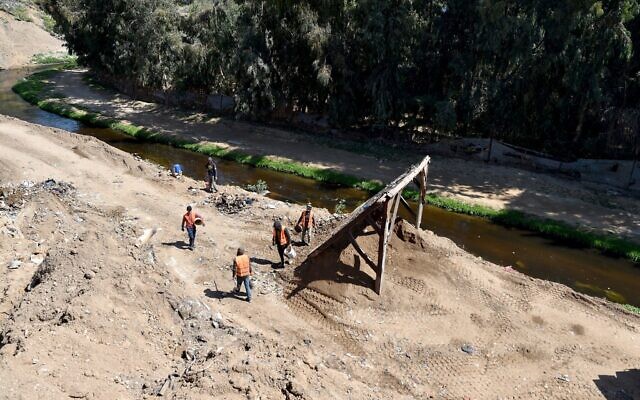
These include the complex geopolitical situation, interested parties trying to get their hands on plots of valley land for commerce or agriculture, and difficulties importing materials. Israel sometimes restricts entry into the Strip of building materials that could be used by Palestinian terror groups for military purposes.
Furthermore, just $9.3 million out of the necessary $50 million has been raised, from the governments of Norway, Belgium and Japan.
“For us to be able to continue we need to mobilize the funding,” said Helle. “It’s a complex program with a lot of moving parts.”

